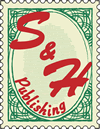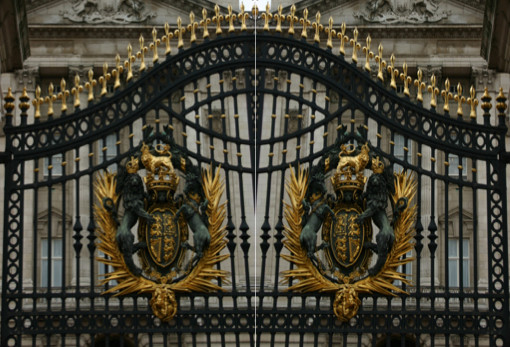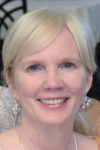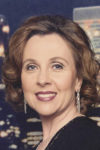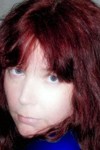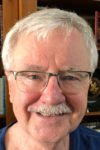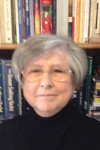Traditional Publishers: Who are They, and Why are the Gates Closed?
Traditional Publishers are considered the Gold Standard, the pot of gold at the end of the rainbow for any author. And they are usually just as elusive as the legendary pot of gold.
The short answer to why the gatekeepers are so fierce is that there are really only six of them and gazillions of us trying to get in through those gates. No, that can’t be right. There must be more than six, right?
Wrong. There are many, many more than six imprints, but many of them are just other faces of the big six.
The following is taken from a list that I found in How to Get a Literary Agent by Michael Larsen. It was published in 2006 and is clearly outdated, but the concept remains that in spite of the many names of publishers, they all boil down to the basic few who dominate the industry and dictate their own terms. There are even more imprints since the book was written, and the Big Six is now the Big Five (Penguin Group and Random House are now Penguin Random House).
The big six:
- Hatchette Livre USA – owns Bulfinch Press, Warner Books, and Little Brown & Co.
- HarperCollins - a subsidiary of News Corporation that includes Avon, Collins, HarperCollins, HarperSanFrancisco, ReganBooks, Smithsonian, and HarperMorrow. Controlled by Rupert Murdoch. (of 20th Century Fox, Fox TV, and UPN.
- Holtzbrinck Publishers – includes Farrar, Straus & Giroux, Henry Hold, St. Martin’s Press, Picador, Palgrave Macmillan, and Tor Books.
- Penguin Group – includes Berkley Books, Dorling Kindersley, Dutton, Gotham Books, Jeremy P. Tarcher, NAL, Penguin, Portfolio, G.P. Putnam’s Sons, Riverhead Books, and Viking.
- Random House – the largest English-language publisher in the world is a division of the German Bertelsmann Book Group. Imprints include Ballentine, Bantam Dell, Clarkson Potter, Crown Publishing Group, Delacorte Press, Doubleday Broadway, Fodor’s Travel Publications, Alfred Knopf, Nan A. Talese, Pantheon Books, Random House Information Group, Random House Trade Books (also called Little Random), Villard Books, and Vintage & Anchor Publishing.
- Simon & Schuster - owned by Viacom. Its imprints include Atria, Fireside Books, Free Press, Pocket Books, Scribner, and Touchstone.
Many of these imprints are niche publishers, while others are less innocuous.
